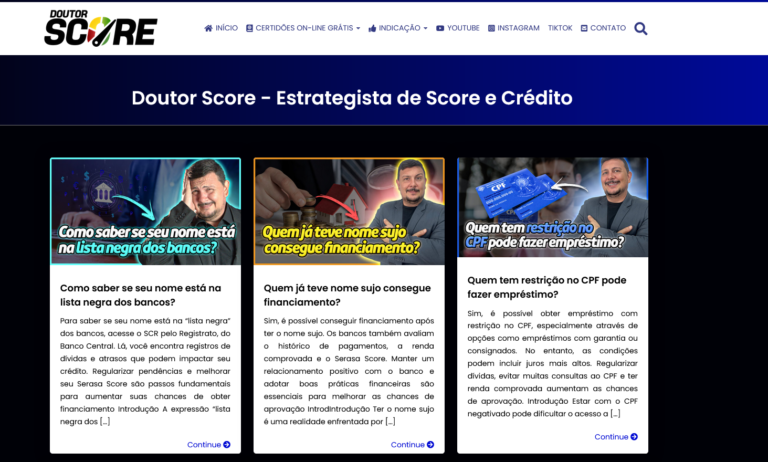Diversity in hiring is one of the hottest topics in business today. There’s a good reason for that. Many trends quickly lose relevance, but investing in diversity opens new opportunities. Furthermore, in 2019 survey by Glassdoor found that 67% of job seekers believe diversity is an important factor when evaluating companies and job openings.
But the benefits of diversity in hiring don’t stop there. It also impacts innovation, sales, business growth and long-term success. Diversity in the workplace means that companies hire a variety of people. It is often mistakenly perceived as a purely multicultural issue. However, it also refers to diversity such as gender, race, ethnicity, age, language, educational background, and cultural background.
Now it’s essential to know what is diversity, its benefits and how to implement diversity in hiring process to achieve long-term success in your business. I will discuss all the points one by one respectively, stay tuned to know more.
What is diversity
Diversity in hiring is a term that refers to the different perspectives that exist within a team. Although diversity is related to issues of race and social justice, is one aspect of broader considerations. The term describes a wide range of experiences, including sex, gender, socio-economic background, upbringing, religion, education, sexual orientation, gender identity, ethnicity, neurodiversity, and life experiences.
Inclusion, on the other hand, means that all people should have equal opportunities to access education, health care, resources, and opportunities based on the characteristics that make them unique. At the heart of diversity and inclusion is eradicating bias wherever it exists and challenging the idea that being different is inferior.
It is essential to note here that the underrepresentation of a group does not necessarily mean the underrepresentation of a minority. For example, according to Great Place to Work, historically excluded groups (HEGs) are underrepresented in American workplaces, including women, people with disabilities, members of the LGBTQIA+ community, displaced people, and other opportunity-deprived communities less likely to be hired.
Diversity is good for business when organizations know how to truly embrace, value and leverage diversity in hiring their leadership and workforce. When managers and leaders know how to identify, leverage, and consider the diverse perspectives of their teams, they can get better ideas, question assumptions, identify blind spots, develop new approaches and create better solutions. As a result, they experience incredible innovation, productivity, and team growth.
What are the benefits of diversity in your team?
Enriched team engagement
Employees are more likely to perform better in environments where diversity in hiring and inclusion are a top priority. This helps improve overall team morale and employee engagement. Employees who feel welcome are generally more engaged and motivated to succeed. Instead, when teams are more active, they often achieve better results.
Boosted employee confidence
When employees realize that differences are welcomed within the company, they are likely to feel more confident in their unique qualities. Promoting diversity increases the confidence and productivity of individual team members. You’ll be able to express your ideas more easily, feel closer to your colleagues, and enjoy and take pride in your work.
Create a wide range of ideas
One of the main benefits of diversity in your team is the ability to consider a wide range of ideas. Because teams include the creative capabilities of people with very different experiences and skills. This is useful for all areas of your business, from marketing to finance.
Company reputation and simplifying the hiring process
Diversity in the workplace helps build a positive reputation for your company. This is especially essential if you want to recruit and retain talented employees. Diversity plays a huge role in attracting candidates to your company, especially when it comes to new hires.
Better understanding customers
A more diverse team allows a company to better understand its customers, and what they want and want. Your company could be missing out on a huge group of potential customers that should be explored by a more diverse team. Since your employees have a similar background to your target audience, you can effectively promote your company. As you begin to understand the differences between different groups of people and learn how to target them, new opportunities for business growth will emerge.
Retain their employees longer
Companies that take this approach tend to retain their employees longer. Ultimately, employees who feel accepted and valued are significantly less likely to leave a company.
Reducing conflicts
Employees can better understand each other’s differences in a diverse workplace. This helps reduce conflict, even between very different team members. And rather than dividing people, it unites them toward a common goal.
Increase diversity in the recruitment phase
If you want to build a diverse team for long-term success, you need to actively attract applicants with different characteristics. This probably means you need to change your approach to finding talent a bit. As you evaluate the methods and tools you currently use, you’ll see how small changes can help you reach people who weren’t previously included in your group of potential candidates.
Write job descriptions carefully
So if a job description states that 5 years of work experience is required, you may receive applications from candidates who have less experience but are otherwise qualified for the job. If it doesn’t matter whether the applicant has just 5 years of experience, look for someone with specific skills and knowledge. Someone with only 4 years of experience may be suitable for you. It may be worth reformulating the requirements.
Use methods to find more diverse applicants
To attract candidates who have never joined your group before, look for candidates in places you have never seen them before. Set search parameters to include female names or common ethnic surnames. Contact professional associations and groups with a diverse membership. Give current employees in your target audience the tools to promote your company and encourage them to share information about new positions with their networks. You should consider partnering with universities and other educational institutions to attract students. Plan an internship program that helps you reach a border audience.
Create improvement programs at your workplace to attract diverse applicants
To attract and retain a diverse workforce, you need to create an environment in which they feel comfortable. You can offer flexible working conditions and are sensitive to people with special needs. For example, long distances from home to work often lead to higher turnover rates, as well as the remoteness of the residential areas where employees most often live.
By offering flexible working options, you increase your chances of attracting a diverse workforce, for example, those interested in working from home a few days a week. Check your vacation policy and add days.
Showcase your company’s diversity program
The Manifest’s 2020 survey indicated that 70% of job seekers value a company’s demonstrated commitment to diversity when evaluating potential employers, and most job seekers are aware of their diversity policies. Your diversity program encourages job seekers to apply to your company.
Expanding diversity in candidate screening
The first step is to attract qualified applicants from diverse backgrounds. Next, we need to ensure a fair process for selecting applicants. Otherwise, you risk wasting all your efforts to hire a diverse workforce.
Use personality tests to hire a more diverse workforce
Traditional search criteria (previous employment, education, professional connections) will work against you. So, as mentioned above, doing the same thing and expecting different results is an inefficient idea. Your goal is to broaden your search criteria to attract as many applicants as possible with a wide range of experience and skills. A pre-employment personality assessment questionnaire can help solve this problem. While outcomes may not vary significantly between people with similar backgrounds and skills, it is still possible to make your workplace more diverse.
Use anonymous resumes
Although it is possible to eliminate bias as much as possible by considering all criteria when selecting employees, it is very difficult to eliminate bias completely. We are all human and many of us have unconscious biases. For this reason, recruiters are increasingly using anonymous resumes. There are special programs that remove personal information such as first name, last name, educational institution, and address from your resume.
Use anonymous interviews
You can also use these tips during the early stages of recruitment, including the first interview. In most cases, there is no way to avoid bias during the first interview. To increase objectivity, we can arrange anonymous interviews in which no personal information about the applicant is known. In this way, both parties can get to know each other completely objectively from a professional point of view.
Use AI to decrease biases
Another way to avoid bias in the candidate selection process is to harness the power of artificial intelligence (AI). You can configure your automated recruiting system to filter out applicants with specific skills or experience. Right now, you have the best option to use BarRaiser to increase your hiring process and decrease biases.
Conclusion
In today’s competitive job market, companies go to great lengths to attract and retain top talent. Job seekers have high expectations and want to work in diverse teams. But increasing workforce diversity won’t magically revitalize an ailing company or immediately spark disruptive innovation. Diversity, equity, and inclusion are not policies; they are organizational beliefs and values. To achieve long-term success, companies must adopt a systematic approach to continuously promote diversity. From recruitment and staffing processes to top management training and more.



